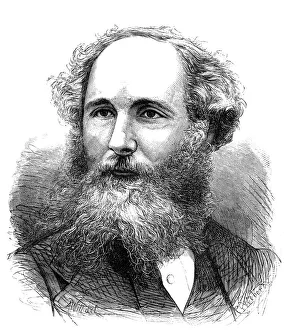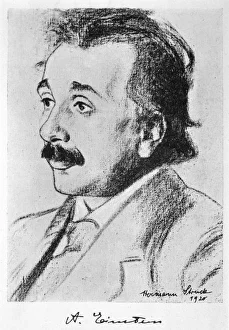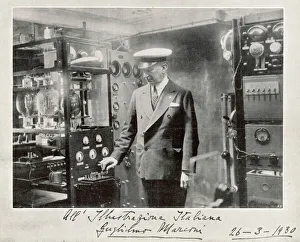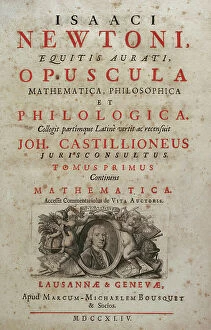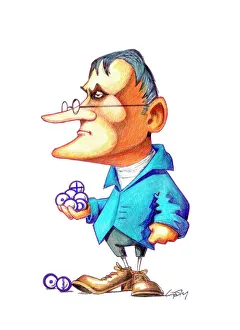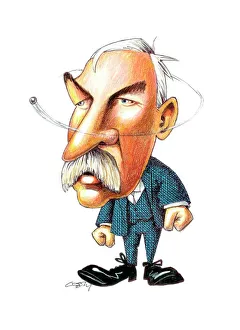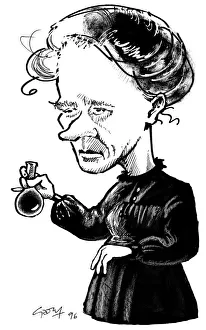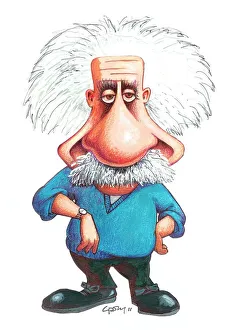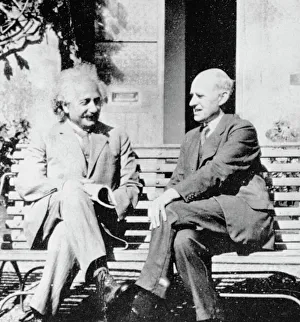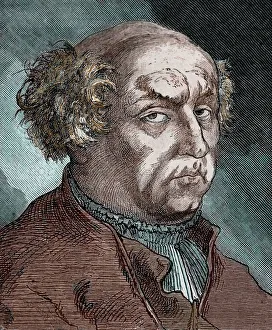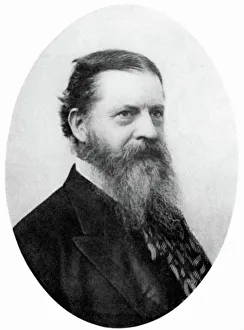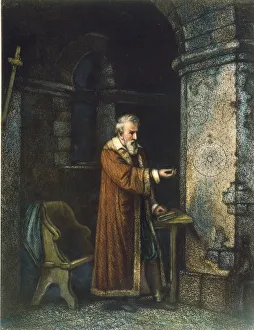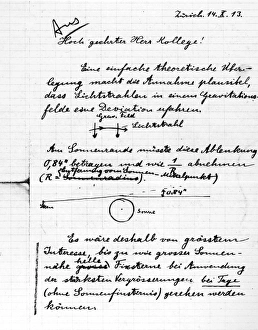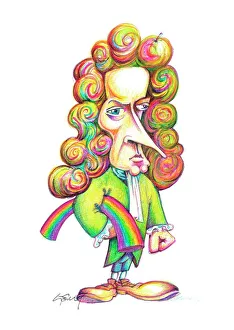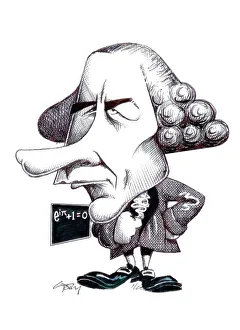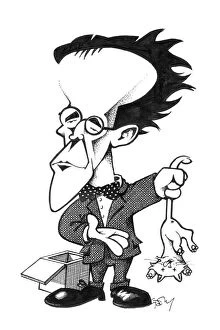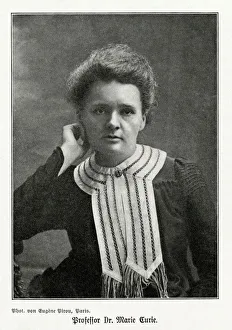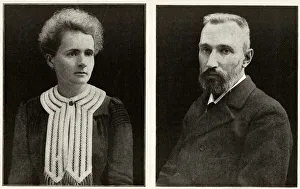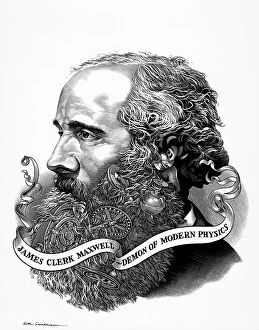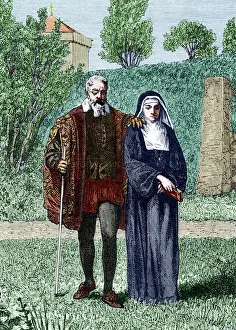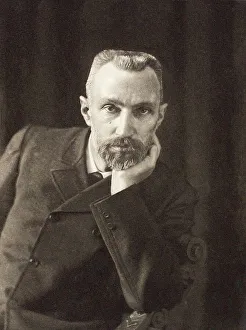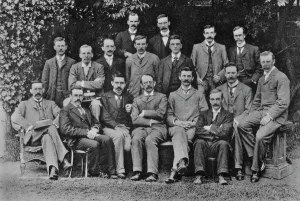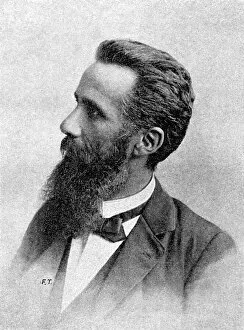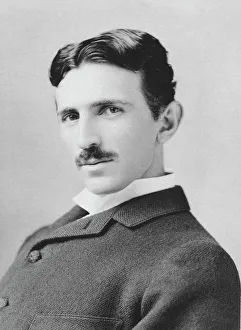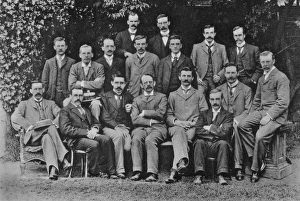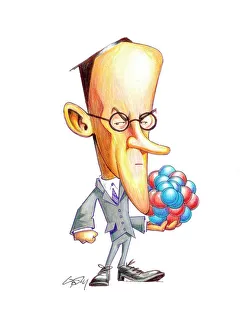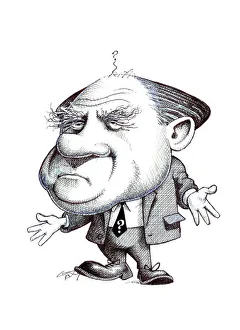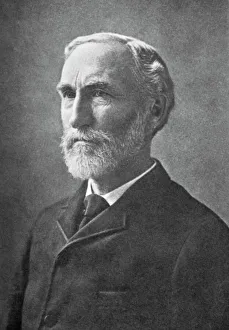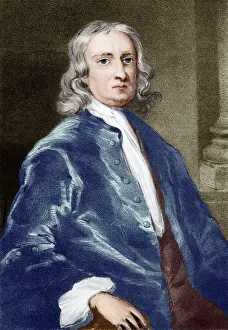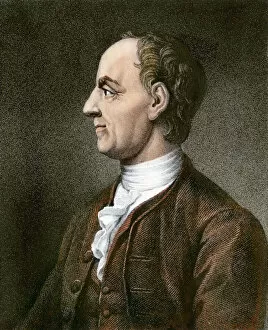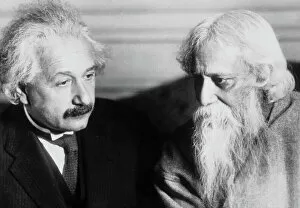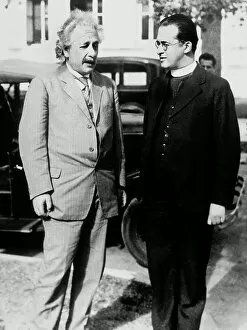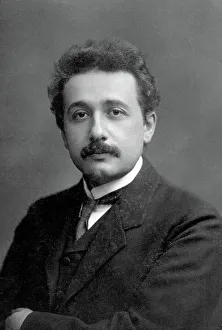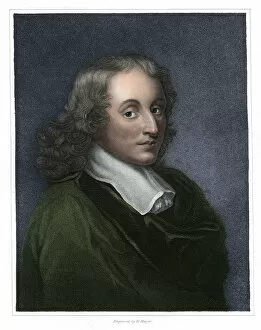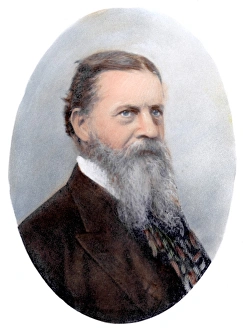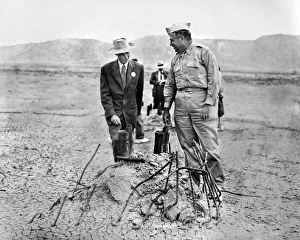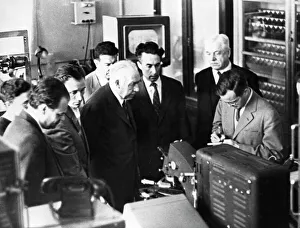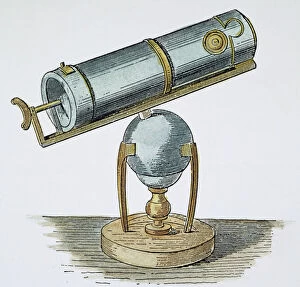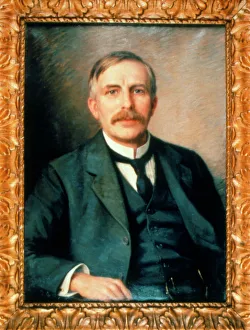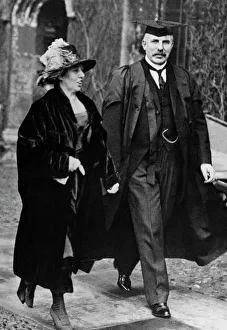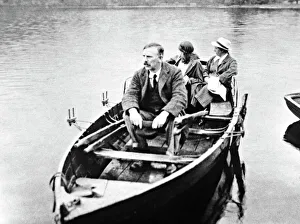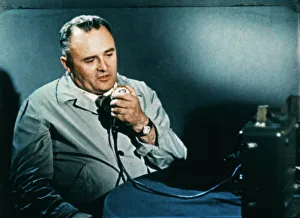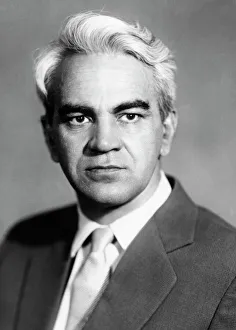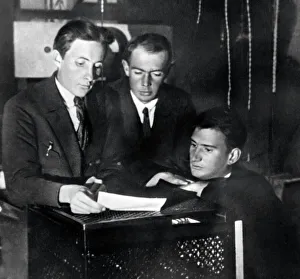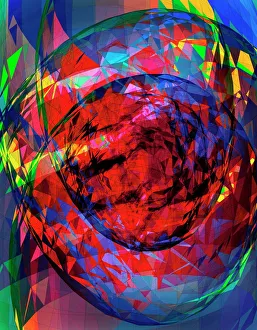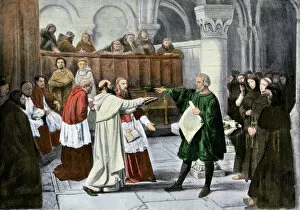Physicist Collection (page 2)
"Unraveling the Mysteries of the Universe: A Glimpse into the World of Physicists" Step back in time to the historic Fifth Physics Congress Solvay, Brussels, 1927
All Professionally Made to Order for Quick Shipping
"Unraveling the Mysteries of the Universe: A Glimpse into the World of Physicists" Step back in time to the historic Fifth Physics Congress Solvay, Brussels, 1927. This captivating black and white photo captures a gathering of brilliant minds, including renowned physicist Paul Dirac, who would later be awarded the Nobel Prize in 1933 for his groundbreaking contributions. Did you know that even Albert Einstein had a musical side? Witness him playing the violin with passion and grace, showcasing his multifaceted talents beyond physics. Another notable figure in this illustrious field is Erwin Schrodinger, whose pioneering work laid the foundation for quantum mechanics. His famous thought experiment involving a cat both alive and dead simultaneously continues to baffle and intrigue scientists today. Richard Feynman's caricature adds a touch of humor to this collection. Known for his charismatic personality and exceptional teaching skills, Feynman made complex concepts accessible to all. Fast forward to modern times at CERN's CMS detector – an awe-inspiring feat of engineering that allows physicists to explore fundamental particles like never before. The pursuit of knowledge knows no bounds. The invention of the mass spectrometer in 1954 revolutionized scientific research by enabling precise analysis of atomic and molecular structures. It opened up new avenues for understanding matter on a microscopic level. Ludwig Boltzmann left an indelible mark on physics during his lifetime from 1844-1906. As an Austrian physicist, he made significant contributions to statistical mechanics and thermodynamics. Witness E. Rutherford conducting experiments at Cavendish Laboratory – where groundbreaking discoveries about atomic structure were made under his guidance. His work paved the way for our understanding of nuclear physics. Werner Heisenberg's uncertainty principle challenged our perception of reality itself – revealing inherent limitations in measuring certain properties simultaneously with precision. Lastly but certainly not least is Niels Henrik David Bohr, a towering figure in quantum mechanics.

